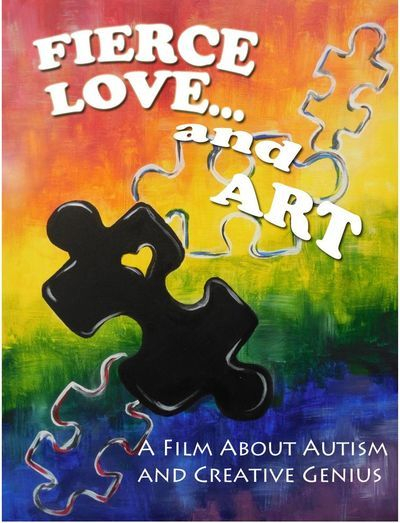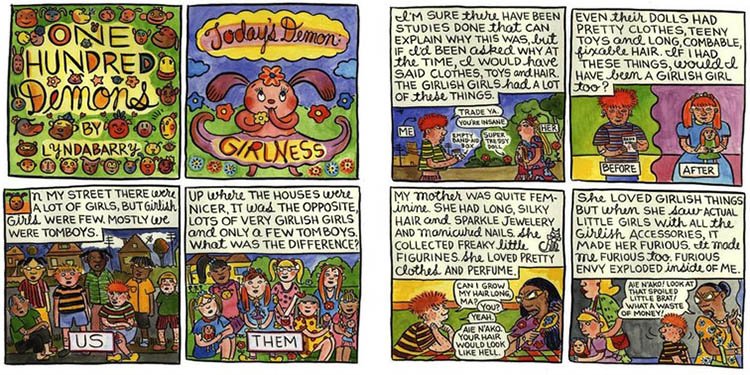Autism and the art of fierce love
/As guest blogger today, we welcome Dr. Laurence Becker, an educator and advocate for the autistic community and creative savants, who is also an award-winning film director and producer based in Austin. Dr. Becker first tackled the subject of autism and artistry 35 years ago in his film Eyes Wide Open, about artistic savant Richard Wawro. His new film, Fierce Love and Art, premieres on Mother’s Day, Sunday, May 13, at 7pm at the Performing Arts Center of Austin ISD. You can learn more and support the film via the website. You can also see art related to the film from February 25 to April 8 at Hyde Park Bar & Grill.
To journey and to be transformed by the journey is to be a pilgrim.
—Mark Nepo, The Book of Awakening
My real mission with Fierce Love and Art is to open the eyes of the world. We need to realize that all of us are related, and we can all make the world a better place. In the film we meet individuals with autism and other disabilities who have been able to transform their own lives and contribute to their communities through art, music, and words as a result of powerful support and love from parents and grandparents.
The film explores the lives of seven savant visual artists, a savant musician, and an author and minister who are living extraordinary lives today because their families used art as a means of connection, bringing them home from solitary confinement on “Autism Island.”
Some of the incredible people we meet and spend time with in the film include savant musician Tony De Blois, who plays 23 musical instruments and sings in 11 languages. Tony is a Berklee College of Music graduate who plays in a jazz band and composes original music at his home in Boston.
Another great story I’m delighted to share is about Houston native Grant Manier, whose autism and obsessive repetitive behavior led him to repeatedly tear paper. With encouragement from his mother, Grant soon began collecting and recycling bits of paper, creating amazing collages, which he calls “coolages.” The artworks are a form of therapy for Grant but also a contribution to the eco-art movement, as he recycles materials and helps us all look at them in new ways. Grant now also participates in educational outreach to share his vibrant, colorful art and point of view with others. His slogan is “Different is More.”
Sadly, one of the young people we had the honor to work with for the film passed away in 2016 as a result of an injury connected to her epilepsy. Kimberly Dixon was a warm and lively spirit who wrote poetry and painted as a way of connecting with her family and community, despite being nonverbal in a verbal world.
I’m eager to have everyone join us in May to see these amazing stories. To me they’re a real testament to what happens in the lives of children with autism when their families fiercely take charge of their development—and also a testament to the power of art in all our lives.
Laurence Becker, PhD

















